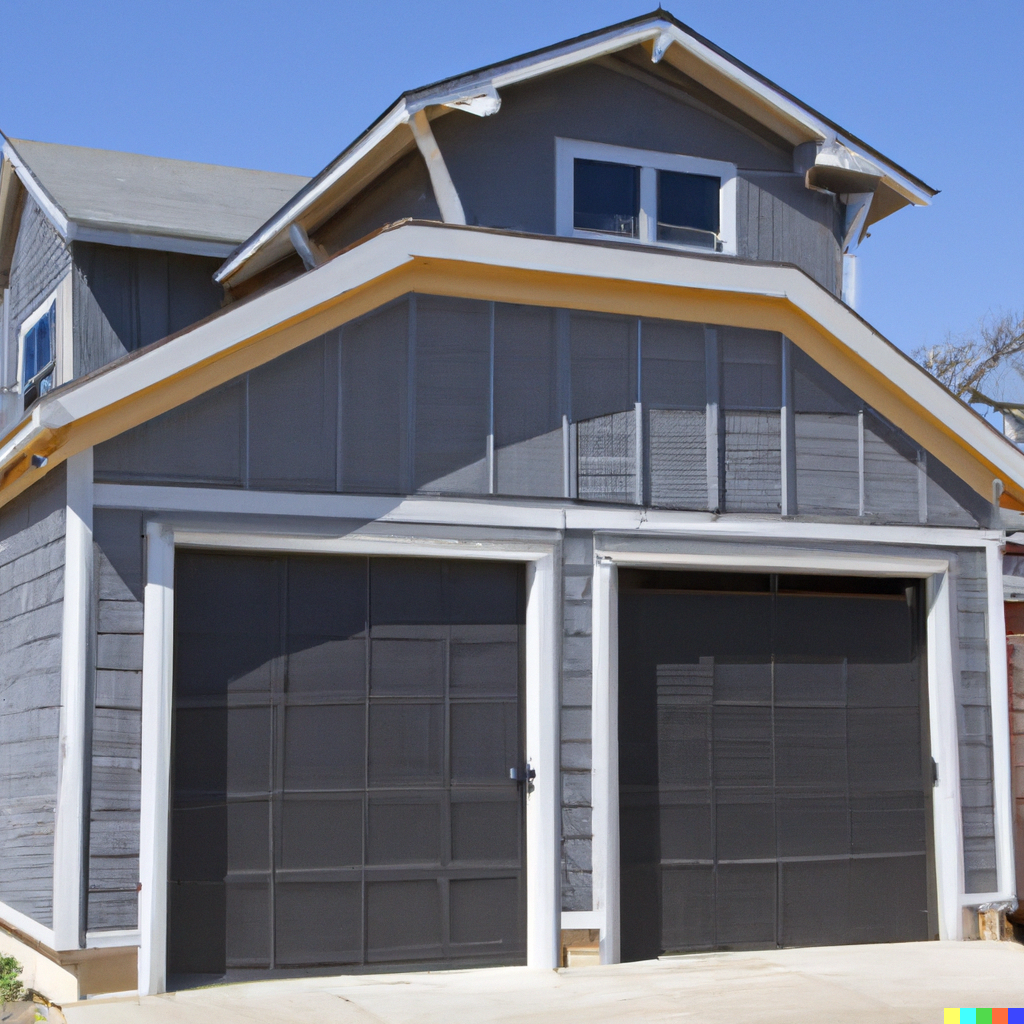By Oliver Fachts
Some City Council members think they’ve found a magic bullet to solve the affordable housing crisis in Portsmouth: Accessory Dwelling Units (ADUs). Apparently, ADUs are such a perfect solution to this problem that concerns over their use ought to be ignored. Or so one might think, based on a certain councilor’s reactions to recent changes to the city’s Accessory Dwelling Unit Ordinance.
Problems from the start
Portsmouth has been trying to navigate the use of ADUs since at least 2017, when the state of New Hampshire began requiring towns and cities to allow them. The city’s ADU Ordinance introduced processes for approval of ADUs and guidelines on their location and construction. Numerous problems and complaints have followed, and only a few ADUs have been approved and built.
Some of the issues with ADUs include their location, the difficulty of the city’s approval process and the concerns of abutting homeowners where ADUs may be established. Changes to the ordinance since 2017 addressed several of these difficulties. For example, while ADUs in the downtown area had been limited to existing only within a single-family home, an ordinance change allowed an addition on such a home to serve as an ADU in the G1 and G2 districts.
Other changes addressed abutters’ concerns. A further definition of Architectural Design Standards sought to preserve architectural integrity of neighborhoods by ensuring the designs of ADUs were consistent with existing homes. These standards focused on the massing, overall architectural character, roof forms, siding, windows, doors and trim of ADUs. Additionally, a maximum size was set for ADUs at 750 square feet per unit. Limits were established for a building’s height and footprint, as well as the number of bedrooms (to two).
One of the principal anxieties for abutters was parking, as identified in a Public Involvement Summary. There was heavy debate on the issue within city government. The ADU Ordinance was eventually changed to require one parking space per ADU, regardless of size.
Recent proposals
Over the past several months, new provisions were proposed, based on the work of the Land Use Committee and the Planning Board, and based on input from residents, officials and professionals. City Councilors said they hoped to encourage the use of ADUs by increasing flexibility and clarifying standards, while minimizing adverse impacts on abutters. (Three councilors sit on the Land Use Committee, which was responsible for writing most of the proposed changes.)
The recent revisions allowed the use of Administrative Approval for ADUs up to 750 square feet existing within an existing single-family home or as an expansion of such a home. This provided an alternative to going before the Planning Board to obtain a Conditional Use Permit, which some felt was an overreach. (Any detached ADU still requires the Conditional Use Permit.) The Administrative Approval requires applicants to post a notice of the ADU on the property, and anyone may submit written concerns to the Planning Director. The Planning Director may determine the application is not appropriate for Administrative Approval and deny it or require the Conditional Use Permit.
A key feature of the updated changes is an alteration to the requirement for lot size for building ADUs. Previously, a property had to have at least 15,000 square feet (twice the requirement for a single-family dwelling). The revised ordinance allows ADUs to be built on lots with only 7,500 square feet, increasing the number of eligible city lots.
Some elements of the ordinance have not been altered. Either the primary home or the ADU on a property must still be occupied by the property owner, and a certificate for use as an ADU is still required. It must be renewed annually.
All of the aforementioned changes sought to address the concerns of those who wanted to build ADUs and those who were worried about their impact. Councilor Bagley, however, would have none of it.
Don’t do that, do this! …no, not this! …do that…
Prior to an April 3, 2023, City Council meeting, Bagley sent an email to city staff members proposing no less than twenty changes to the new revisions to the ADU ordinance. This led to a special City Council work session, specifically devoted to ADUs, on April 10. In advance of a City Council meeting to be held April 17, Bagley rescinded his own suggestions. He instead made a motion to remove all design and aesthetic standards proposed in the updated ordinance. He also made a motion to remove any parking requirements, and to increase the size limit for ADUs to 850 square feet.
Bagley found some support for his parking requirement change. Councilors Cook and Denton joined him in voting for his motion, but the rest of the Council rejected it. The motion failed in a 6-3 vote. His zeal for larger ADUs and his stance on architectural standards were not shared. After almost no discussion, his proposed changes for ADU size and design were defeated, as the rest of the Council voted against him.
Despite the defeat of his motions, Bagley’s wide-eyed optimism that ADUs will provide increased options for affordable housing has traction on the council. The City Council hopes to see a “huge spike” in the number of ADUs being approved and built in Portsmouth, according to a source close to the matter.
Love is blindness
Bagley has shown a willingness to place his adoration for ADUs above the expressed needs of residents, especially property abutters. His motions to reject measures designed to protect the architectural integrity of neighborhoods, and especially to remove protection for parking spaces, show an unreasonable and unrealistic commitment to an unproven solution.
What’s next?
The ADU saga continues with a few developments in the works. Portsmouth recently hired a Housing Navigator who will work with the Planning Department to create an Accessory Dwelling Unit Handbook. The Handbook is to present the ordinance’s standards in simple, concise terms. It will provide visual examples for the standards, and include diagrams of ADU options.
No timeline for the completion of the ADU Handbook has been given.











